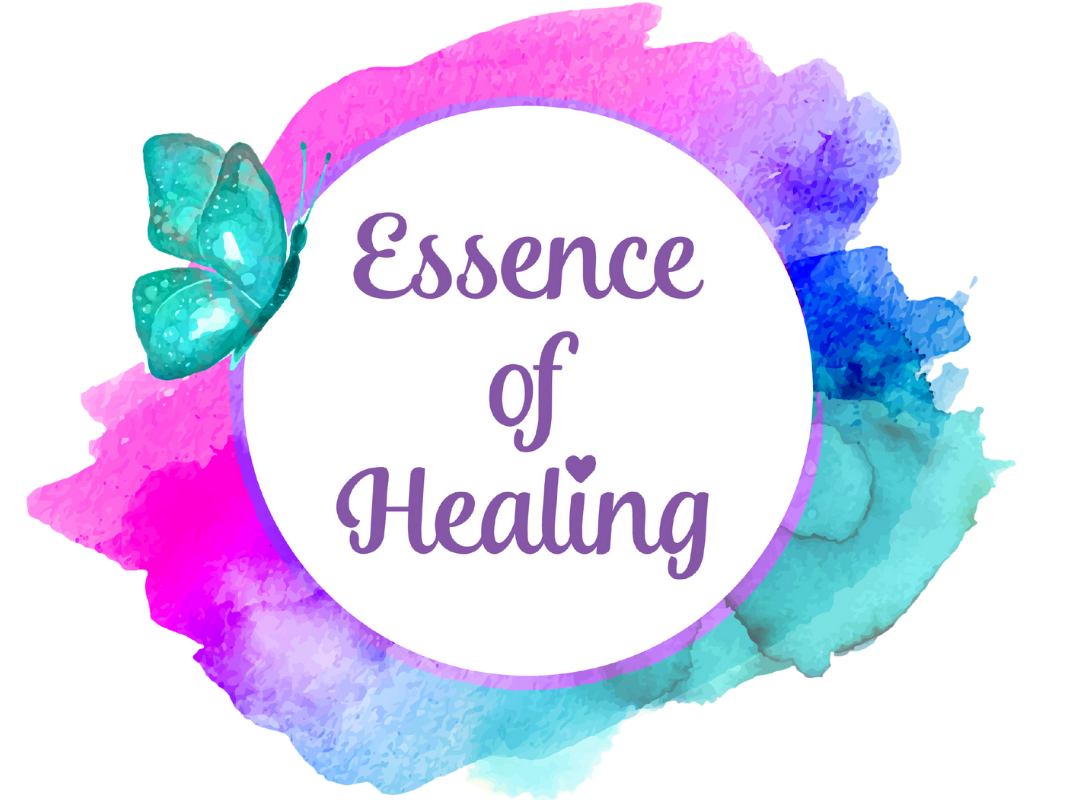Why We NEED Intersectionality at Pride
That bedazzled display of rainbow merch at Target every June is dope as hell, but there’s more to Pride than that. Pride began with Black and Brown folx but every year it’s become a more mainstream experience that seems so far detached from the reasons Pride began and why it was so necessary.
Pride messaging has lost the plot
Pride began as a protest, not a party. The Stonewall riots of 1969 began when police raided a gay bar in New York City. The raid became a riot as the gay community of New York fought back against the injustice of this invasion.
Pride was a rebellion against the criminalization of identity. In bold defiance, the New York queer community chose to stand against the oppression and violence being provoked upon them for simply existing.
Black and Brown folx have been here since the start
The value of Black lives has never been recognized fully, yet Black folx continue to show up on the frontline for their causes and Pride is no different. The Stonewall riots escalated and grew as, night after night, the community demanded to be seen and heard in their existence. At its center, the Stonewall riot was led by the impassioned actions of a Black trans woman, Marsha P Johnson and her best friend, Sylvia Rivera. It was not a party, there was no parade.
One year after the first attack on the Stonewall Inn, the first Pride parade began from the very site as the start of New York’s first Gay Pride week following a year of long and harrowing activism.
What’s Intersectionality and why is it so important?
The term, “intersectionality,” was coined in 1989 by Kimberlé Crenshaw, an amazing scholar, professor, and writer. Crenshaw; however, admits that she is not the first to articulate its true meaning, citing women like Activists Anna J. Cooper and Angela Davis. The Centers for Intersectional Justice in Berlin describe intersectionality as “the ways in which systems of inequality based on gender, race, ethnicity, sexual orientation, gender identity, disability, class and other forms of discrimination “intersect” to create unique dynamics and effects” (CIJ). The definition is simple but profound in giving meaning to the true weight of intersectionality and oppression for experiences the world over.
Simply put, intersectionality is all the collective impacts a person from various marginalized and oppressed demographics experiences and the ways each of these interacts. The potential for greater discrimination and layers of oppression is often amplified when people of color are marginalized for their queer identities as well. For Black folx, a lack of intentional recognition of intersectionality often means exclusion from the spaces we fought to create.
Marsha P Johnson died in 1992. Determined missing after being publicly threatened by anti-trans people, she was found 4 days later—her death ruled a suicide. It took years to have her case reopened and even now the cause of death remains undetermined.
That story is infuriating and heartbreaking in equal measure but there is no way more appropriate to illustrate why the push for intersectionality is important. In light of the racial divide in this country, we must realize that the central message of Pride and the fight against racism are one and the same.
Pride and marginalized communities
Pride has long offered a safe space for many identities that are often excluded from spaces of celebration. Many marginalized and oppressed identities find a niche space of acceptance among others who share their skin color, and cultural experiences, and also identify under the banner of queer in some way.
Recent discourse over Pride inclusion has highlighted the haven of acceptance that Pride offers for the kink and leather communities, who have long been advocates for the spaces and celebrations of Pride. There is so much more to Pride than the rainbow-splashed, mass-marketed appearance. At its roots, Pride is for marginalized folx, by marginalized folx. While we will make space for everyone and fight for the rights we know we all deserve, we will not stand by and allow Pride to become another space where we’re sidelined after we marched the front lines in dangerous times.
How can you help
When you know that something needs to change but you don’t know how the whole thing can become spoiled to the powerlessness of that helplessness. First and foremost, you can choose to move within that powerlessness to act with righteousness instead.
1. Seek out Pride events that are truly and intentionally recognize intersectionality
Look for community events hosted by Black and Brown folx. Find diversity and celebrate it. Show up for these events and everyone putting themselves out there to create a truly safer space for Pride this year.
2. Speak out
When you see a Pride event that lacks the inclusion you know you want to see, say something. This is even more important if you are white or white-passing and have the privilege of using your dominant identity to amplify the messages that may be lost in rainbow capitalism.
3. Include kink.
If you’re kinky and queer, find a safer and more appropriate way to honor consent and inclusion this year. Without a huge protest, you can send a message that kink is not abuse and is welcomed at Pride by being inclusive with your own experience at whatever level you feel comfortable doing so. Consent is a central theme in kink, so consent to explore the ways that feel safer to share your intersecting identities.
Do you have Pride experiences that were beautifully and intentionally inclusive or maybe stories of exclusion that shouldn’t exist? I’d love to hear them. Join me on Instagram to share your experiences or, if you need some support in processing them, reach out to me today.
Happy Pride from Essence of Healing!



